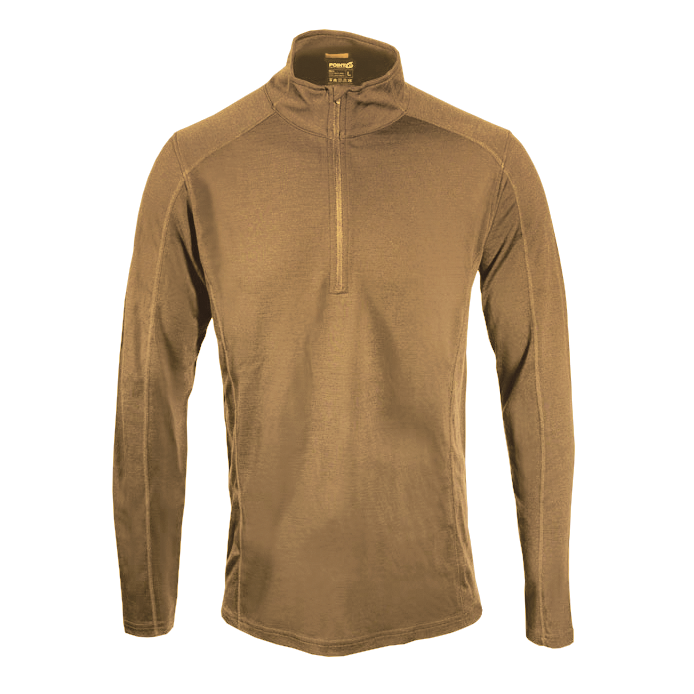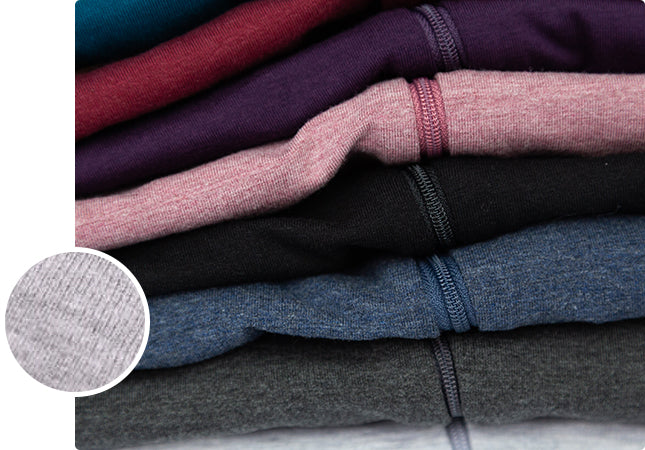Cool Bamboo Clothing Tips
Wiki Article
What Makes The Yak Merino Wool Base Layers So Effective For Winter Sports Clothing In Terms Of Natural Fiber Benefits?
Yak merino wool base layers are extremely effective as winter sportswear not just because of their performance advantages but also because of their natural fiber benefits as well as sustainability in the environmental sphere. Biodegradable and renewable-
Both wools, yak and merino, are natural fibers made from animals (yak and merino sheep, respectively). These renewable resources can be harvested in a sustainable manner without harming animals. They are biodegradable without causing harm to the environment.
Environmental impact is minimal
Natural fibers produce less pollution than synthetic ones. The process of harvesting and cultivating wool requires less chemicals and uses less non-renewable resources when compared to synthetic fibers.
Energy Efficiency
The process of processing wool fibers consumes less energy than production or synthetic fibers, such as nylon and polyester. Natural wool production is energy efficient, which results in lower carbon emissions.
Reducing Microplastic Pollution
Natural wool fibers do not contribute to microplastics pollution in waterbodies as synthetic fibers do.
The product's longevity and its Recyclability
The clothes made of yak merino are generally durable, lasting a long duration. Wool fibers are also repurposed or recycled, which reduces consumption.
Sustainability Practices
Manufacturers and producers of wool follow sustainable and ethical practices that are ethical and sustainable. They ensure the welfare of their animals, responsible land-management, and decent working conditions for all those within the production chain.
Environmental Certification-
The Responsible Wool Standard or the Global Organic Textile Standard are certifications that confirm ethical and environmentally responsible practices within the wool production industry. They offer consumers assurances about sustainable practices.
In the overall scheme yak Merino wool base layers promote sustainability since they are made of natural fibers, have a low environmental impact, and include sustainable and ethical practices in the supply chain. When you choose natural fibers like yak merino winter sports clothing and accessories, you're promoting the environment and sustainable practices for consumption. Check out the top rated merino wool base layers for website info including smartwool mid layer, merino wool underwear womens, wicked wool base layer, wool thermals mens, best mid layer skiing, ll bean merino wool base layer, wool long underwear, merino wool underlayer, merino wool layers, best thermals for skiing and more.

What Are The Benefits From Bamboo Clothes?
Bamboo clothing is a great choice for those looking to maximize their benefits in terms of thermal regulation and UV protection.
Insulation – Bamboo fabric offers natural thermal regulation properties. This fabric provides warmth and comfort during colder conditions and is cool and breathable. It helps regulate body temperature by retaining heat in cooler conditions and also allowing airflow to prevent excessive heat during exercise.
UV Protection
UV Resistant: The bamboo fabric offers natural protection against harmful UV radiation. It is able to block a large portion of the sun's ultraviolet rays, providing an additional layer of protection against sunlight exposure when wearing it outside.
Biodegradability-
Eco-friendly- Bamboo clothing is biodegradable which means it will break down naturally at the end of its lifecycle without creating harmful residues or contributing to the pollution of the environment. This helps reduce the amount of clothing that is thrown away and also its impact on the environment.
Environmental Impact-
Sustainable Bamboo- Bamboo is extremely durable as a raw material. It is a fast-growing and abundantly, with no chemical fertilizers. Its rapid growth rate is a renewable resource.
Bamboo is more water efficient because it consumes less water than other crops such as cotton. This can help conserve water and reduces the strain on the resources.
Soil Conservation
Soil health- Bamboo cultivation does not remove soil nutrients, and it doesn't require extensive irrigation. This improves soil conditions, and reduces the necessity for damaging farming practices.
Carbon Sequestration
Carbon Absorption Bamboo absorb more carbon dioxide and release oxygen into air than other plants. This property helps reduce carbon emissions and fight climate change.
The thermal regulation of bamboo clothing as well as its UV protection, its biodegradability, and its positive environmental impact makes it a preferred choice for those who are looking for eco-friendly and sustainable clothing. These attributes are in line with green practices, bringing benefits to both the wearer and the environment. Follow the best lowest price for bamboo clothing for site recommendations including ladies bamboo pants, bamboo mens shirts, bamboo jacket, kyte pajama, bamboo pants ladies, angel dear bamboo pajamas, bamboo pants for women, short bamboo, bamboo jeans brand, bamboo yoga trousers and more.

What Makes Merino Wool And Bamboo Clothing Different From Regular Wool?
Merino layers as well as regular wool and bamboo clothing have distinct characteristics.
Merino wool's fine fibers are soft and it feels good against your skin. It is less likely to cause irritation or itching than wool that is more traditional.
Merino Wool has excellent moisture- Wicking Properties- Merino is a wicking and moisture-wicking fabric which draws out moisture and allows it evaporate. The wearer stays dry and comfortable.
Merino is a great insulation when wet. It regulates body temperature and provides insulation in cold weather and breathability to avoid overheating during activity.
Odor Resistant - It blocks the development and spread of bacteria that cause odors So clothes stay fresher for longer.
Bamboo Clothing
Silky texture is often compared to cashmere or silk. Bamboo clothing is gentle on the skin, providing a luxurious feeling.
Bamboo fabric is a moisture-wicking fabric which draw sweat away from the body, keeping it dry while exercising.
Temperature Regulation- Bamboo clothing has natural temperature-regulating abilities, offering warmth in winter and breathability to prevent overheating.
Sustainable Bamboo- Bamboo has high levels of sustainable resources. It grows quickly without pesticides or fertilizers. It's biodegradable, and has a minimal environmental impact.
Wool Regular
Texture. The classic wool texture can vary. Some types of itchy or uncomfortable textures are more rough.
Warmth- Regular wool provides an excellent insulation and warmth but it can also feel bulky or heavy.
Wool absorbs moisture, and is therefore less effective in drying moisture than merino or bamboo fabrics. It retains heat even when wet.
Merino offers softness and excellent moisture-wicking. It is also resistant to odors. Bamboo clothes have a soft feel, wicks moisture that regulate temperature and is a sustainable material. Wool has a variety of textures, and doesn't always have the same softness and ability to wick moisture as bamboo or Merino, however it still provides warmth and insulation. Each material is unique and can be tailored to different winter clothing preferences. Read the recommended bamboo winter clothing advice for website examples including merino wool undershirt, ice breaker thermals, best merino base layer, ski thermals, merino wool long underwear women's, merino wool base layer hunting, merino long underwear, best base layer for skiing, wool thermal underwear, sitka base layers and more.
